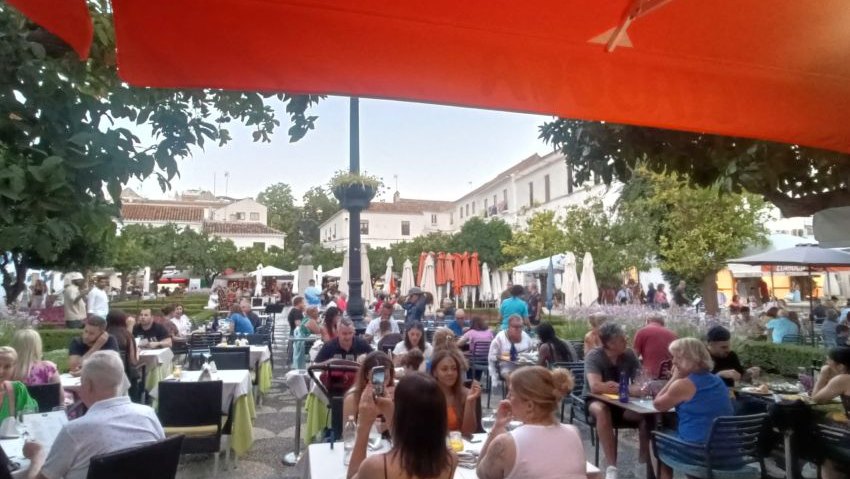
Record-Breaking Hotel Occupancy Rate
Teba Siles | · 2 min. read
The hotel occupancy rate in Marbella in August reached a record-breaking 86.8 percent, showcasing significant growth compared to the previous year. The city's booming tourism industry has led to increased hotel profitability, with revenue per room soaring to 289.17 euros. As visitor numbers continue to rise, Marbella solidifies its position as a top-tier destination for both national and international travelers.
Increased Hotel Occupancy and Revenue Growth
Marbella has once again set a new record in hotel profitability, achieving revenue of 289.17 euros per room in August. The city recorded an impressive hotel occupancy rate in Marbella of 86.8 percent, marking a six-point increase compared to last year. According to data from the National Statistics Institute (INE), Marbella welcomed a total of 87,716 visitors to its hotels, with 60,373 of them being international travelers.
The general director of Tourism in Marbella’s city council, Laura de Arce, highlighted that "our destination continues to prioritize quality over quantity." She also noted a shift in travel trends, with an increase in visitors spread across all four summer months—June to September—rather than the traditional peak in July and August.
Impact on Hotel Prices and Visitor Trends
The national market contributed to longer stays in the city, while hotel prices experienced a "strong rebound." The average hotel rate reached 331.88 euros, compared to 301.66 euros in 2023 and 224.01 euros in 2019. Additionally, revenue per occupied room hit a new milestone at 289.17 euros, surpassing the 244.54 euros recorded last year and 197.88 euros in 2019.
The hotel occupancy rate in Marbella has played a crucial role in driving these figures, reinforcing the city's appeal among both domestic and international travelers. As demand continues to surge, hotels are adapting to meet the expectations of high-value visitors.
“Marbella is solidifying the tourism model that other destinations aspire to,” said De Arce. She emphasized that the city's post-pandemic strategy of prioritizing excellence has continued to yield outstanding results.
Regarding visitor demographics, August saw a rise in German, Italian, and Swiss tourists, along with an increase in visitors from African countries—mainly Morocco and the Persian Gulf—as well as Russian travelers, who have shown some recovery since 2020. Notably, while the United States had previously ranked as the third-largest source of visitors after the United Kingdom and Spain, it was overtaken by Italy in August, which saw a significant surge in arrivals. The hotel occupancy rate in Marbella remains a key indicator of the city’s success in attracting a diverse and growing international audience.